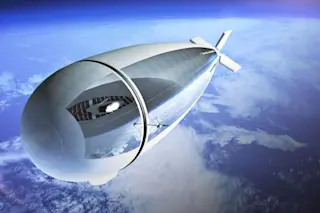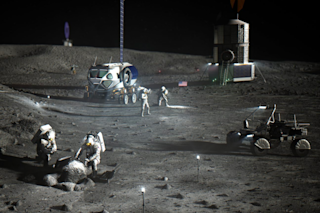Righting the wrecked Costa Concordia involved more than 500 people from 26 countries. | Va lerio Nicolosi/Demotix/CORBIS
In September, modern technology applied to a centuries-old technique raised the wreck of the luxury liner Costa Concordia in an unprecedented engineering feat.
The massive cruise ship ran aground in a marine reserve off Italy’s Giglio Island in January 2012, killing 32. It settled on its starboard side on two undersea rock ledges. Salvage experts turned to parbuckling — using a sling to right a vessel on an inclined plane. The technique dates to the 17th century and has been used on other modern ships: The USS Oklahoma was parbuckled after sinking at Pearl Harbor. But never have engineers attempted it on this scale.
Chains from port side sponsons to shoreline act as slings. | Jay Smith/Discover
The righted ship is stabilized on platform and cement bags. | Jay Smith/Discover
Starboard sponsons are ...















